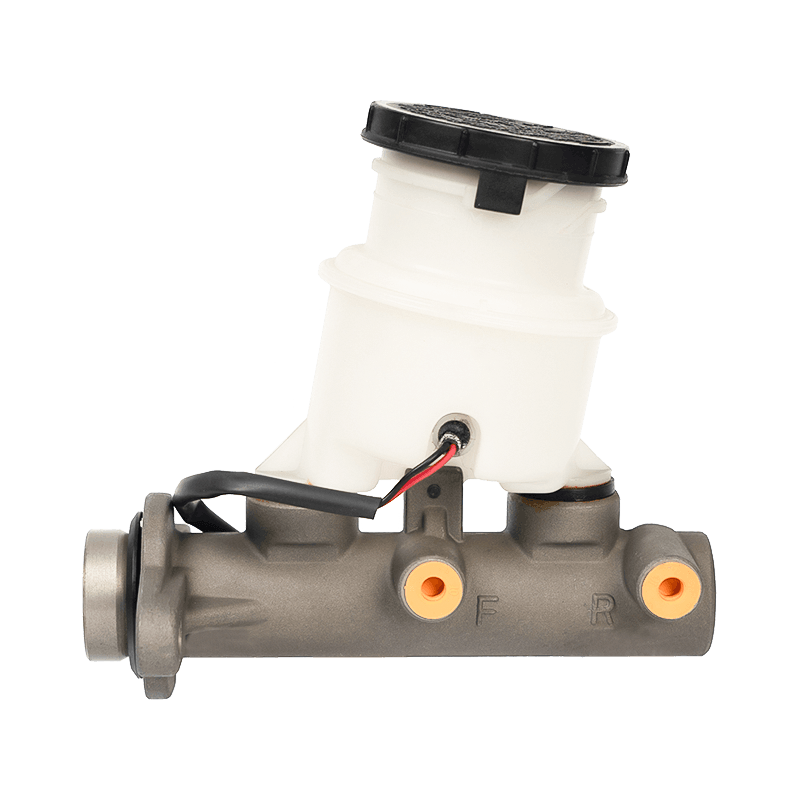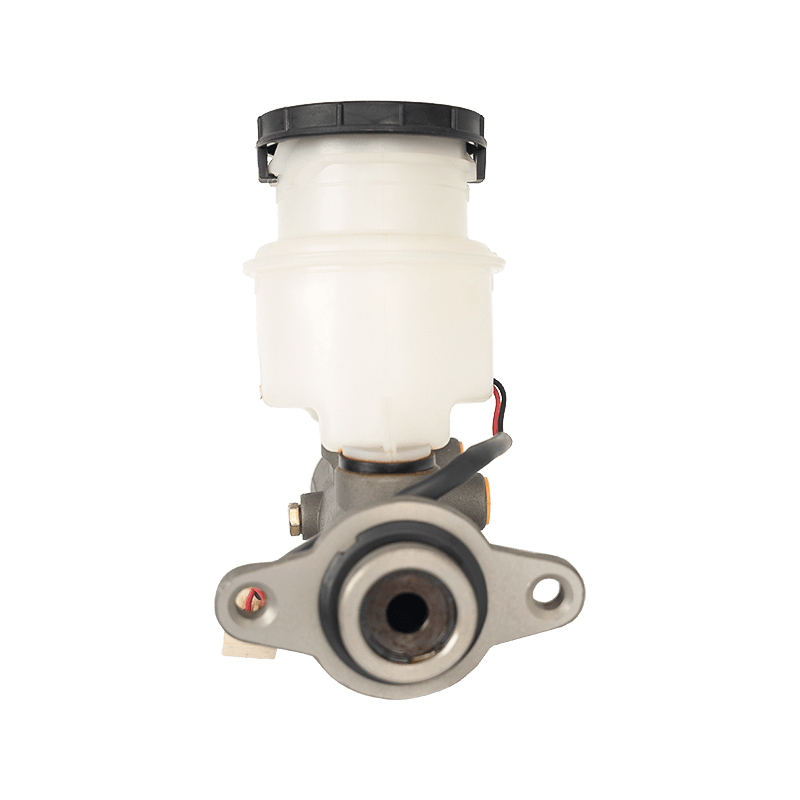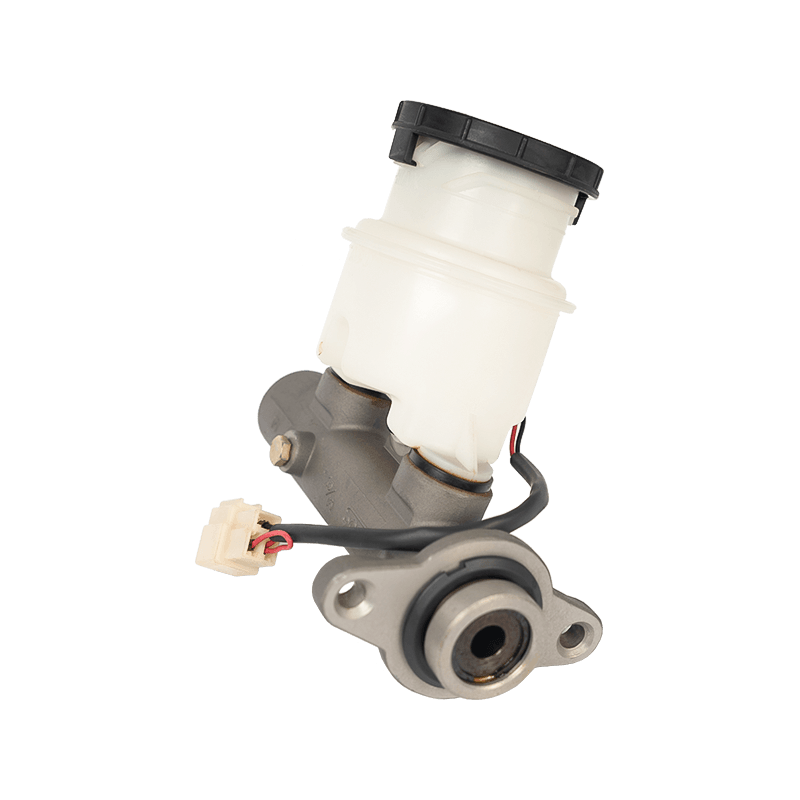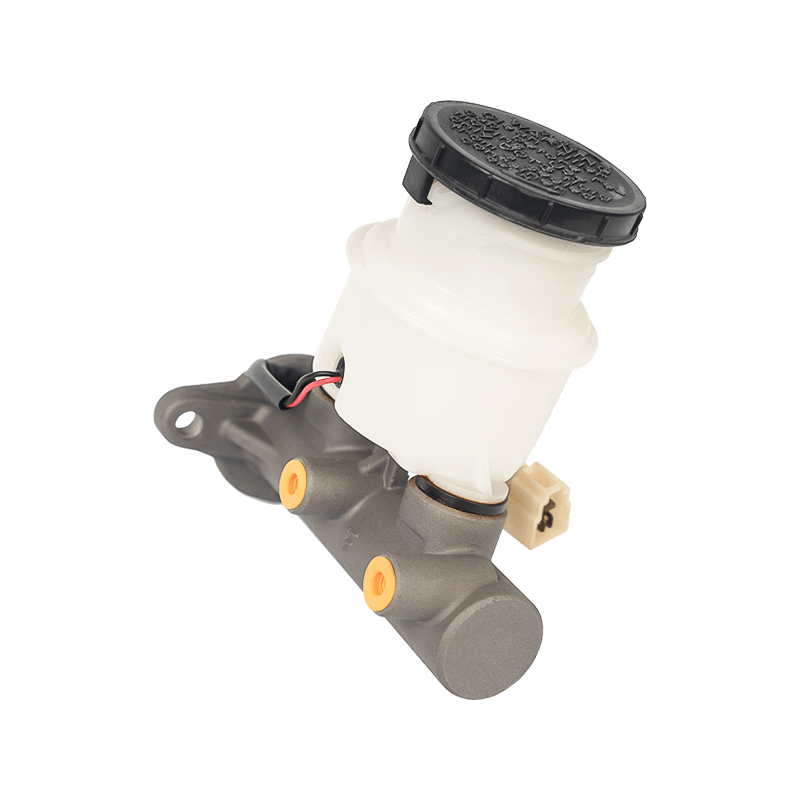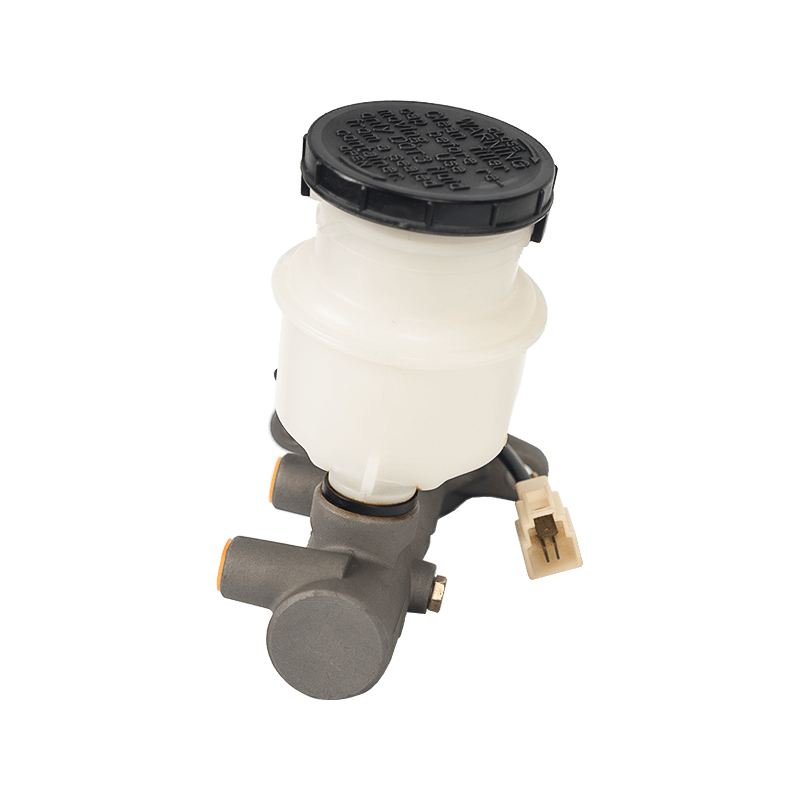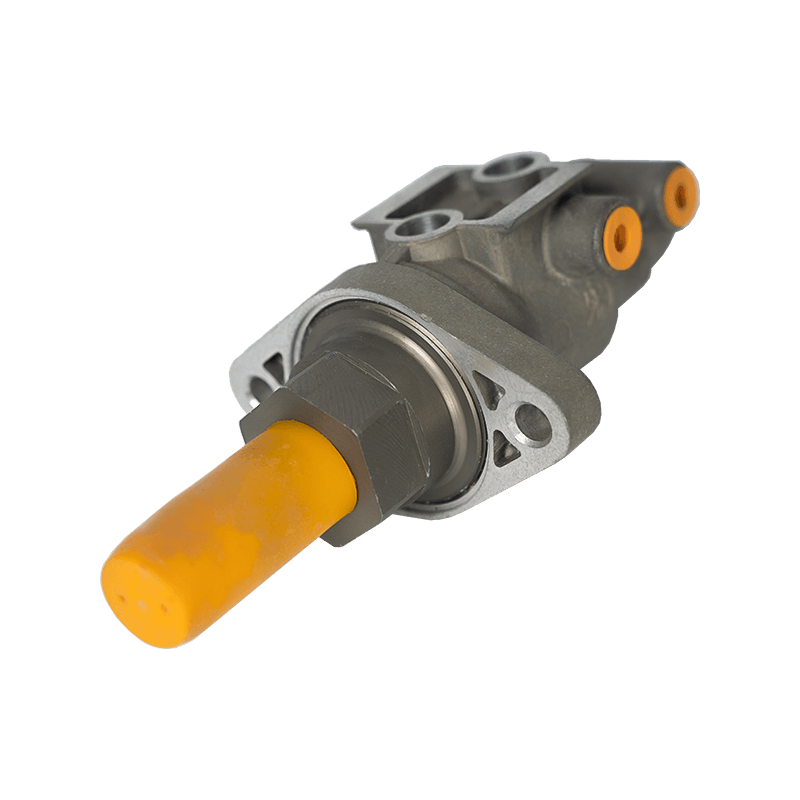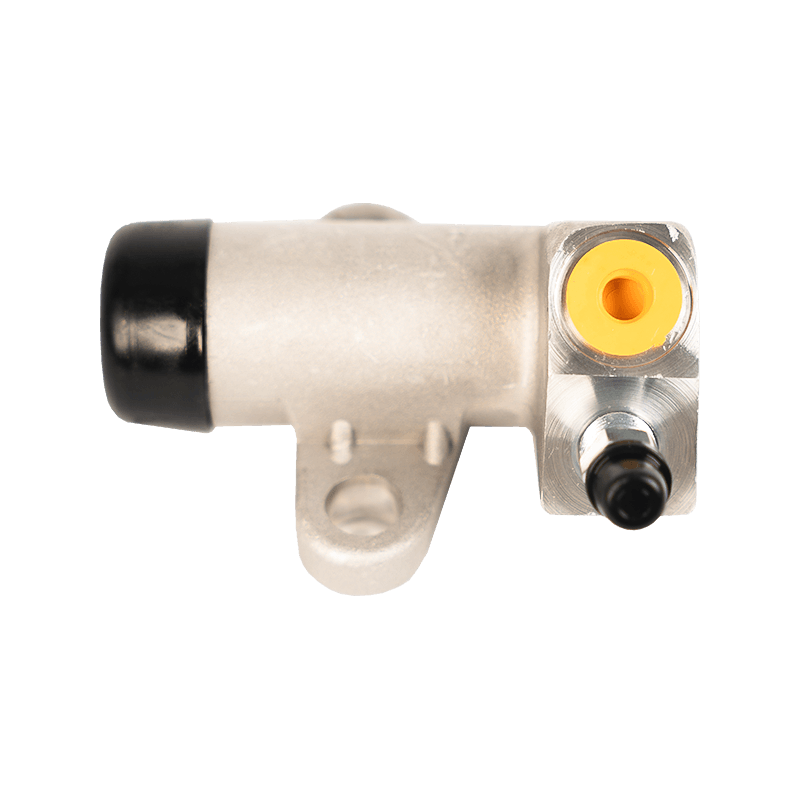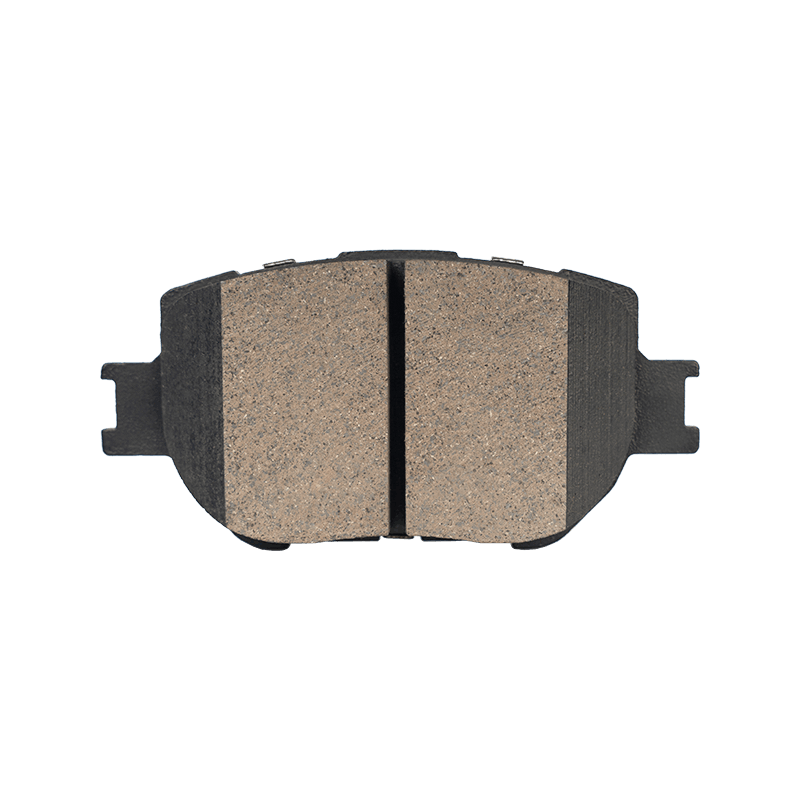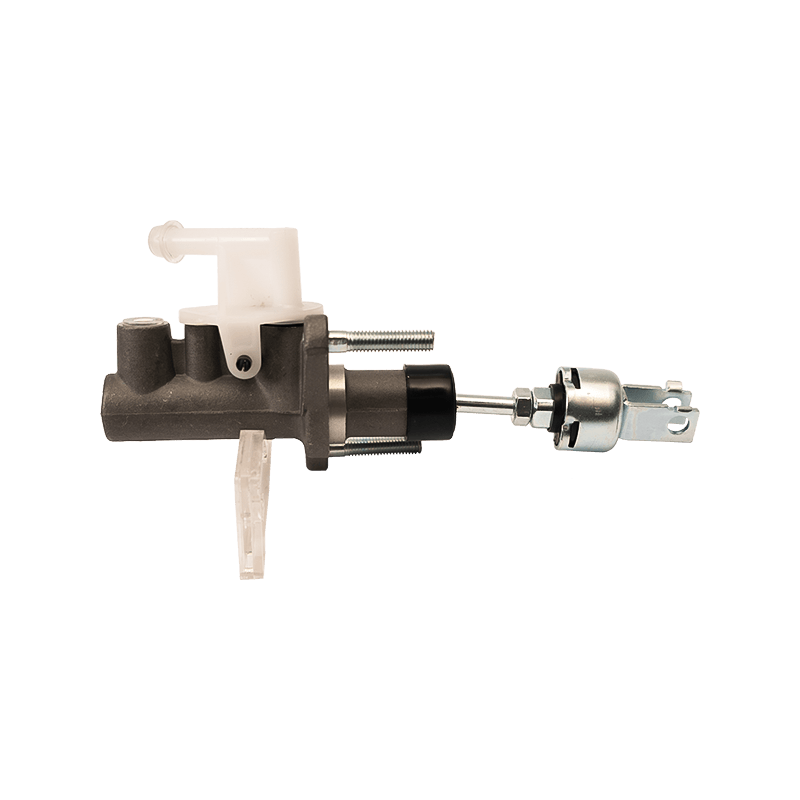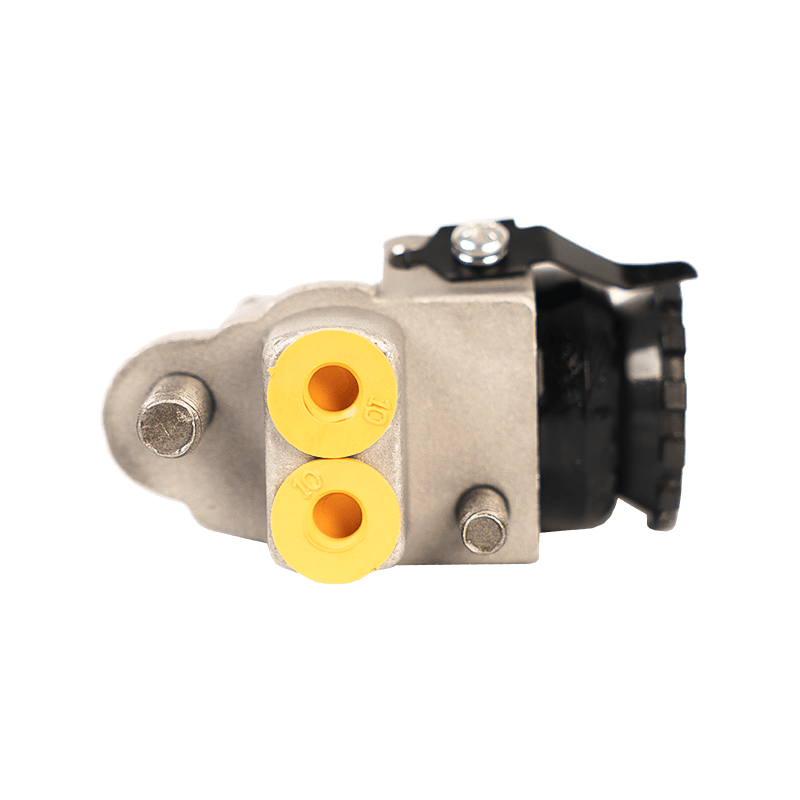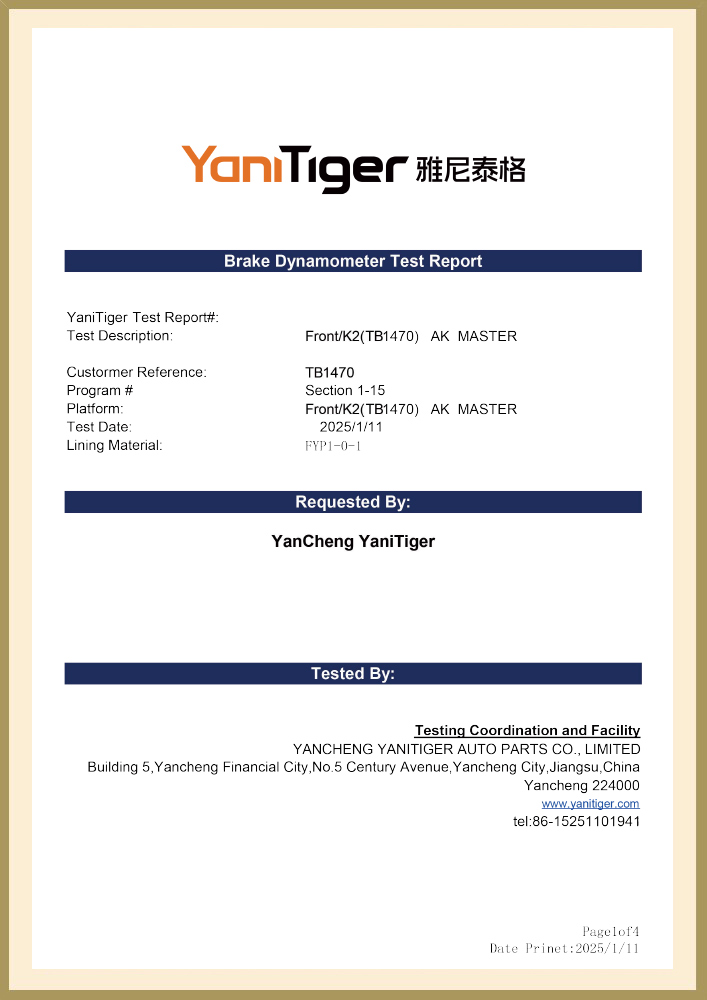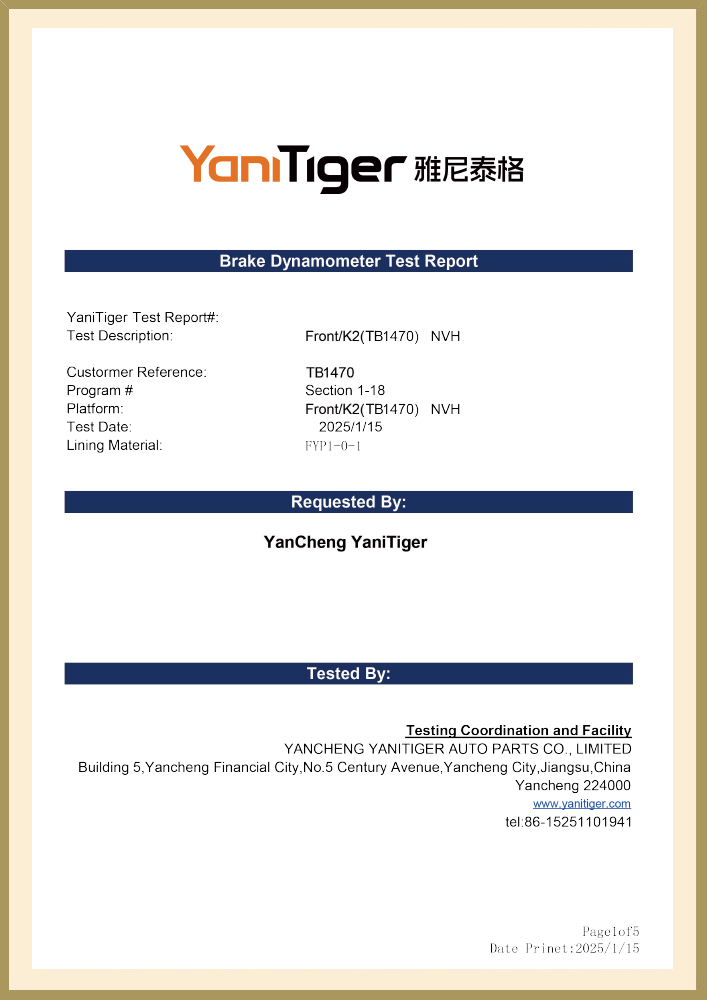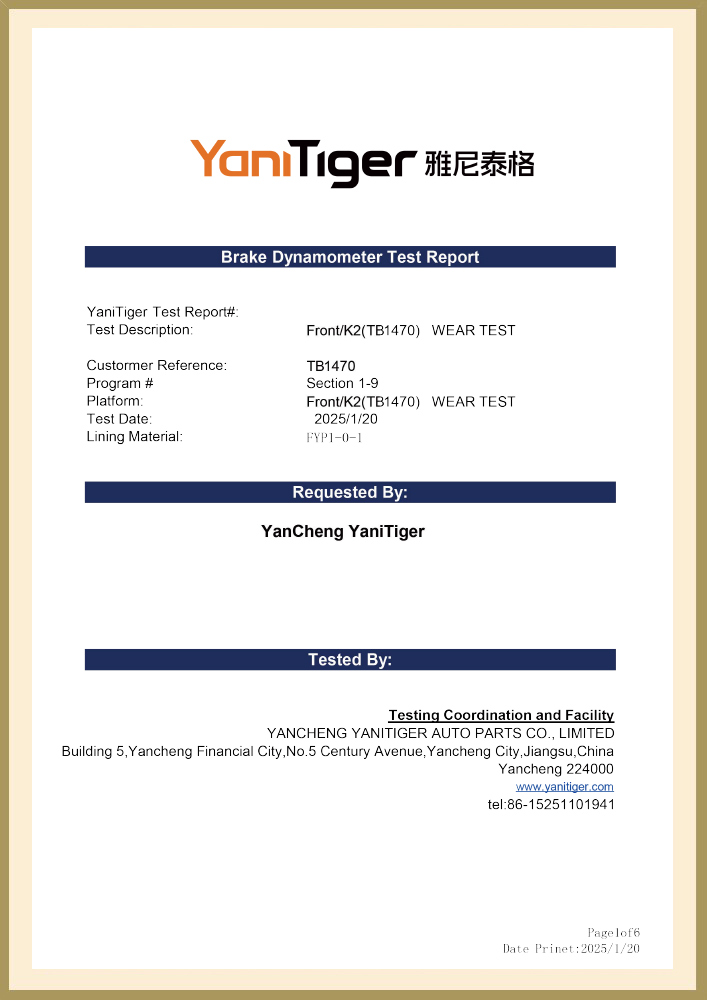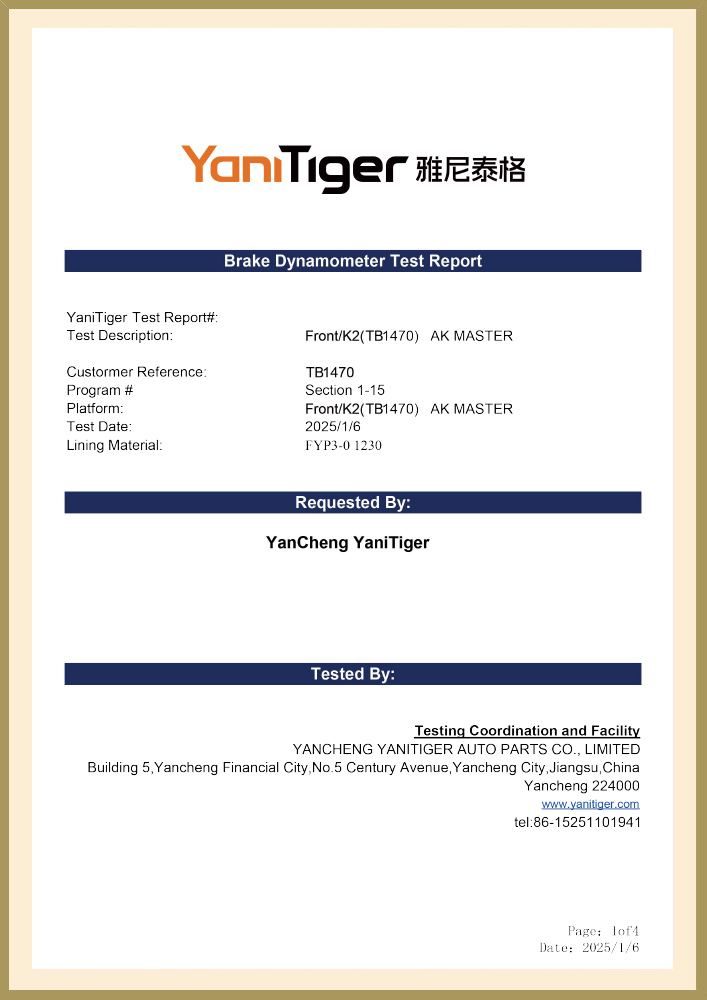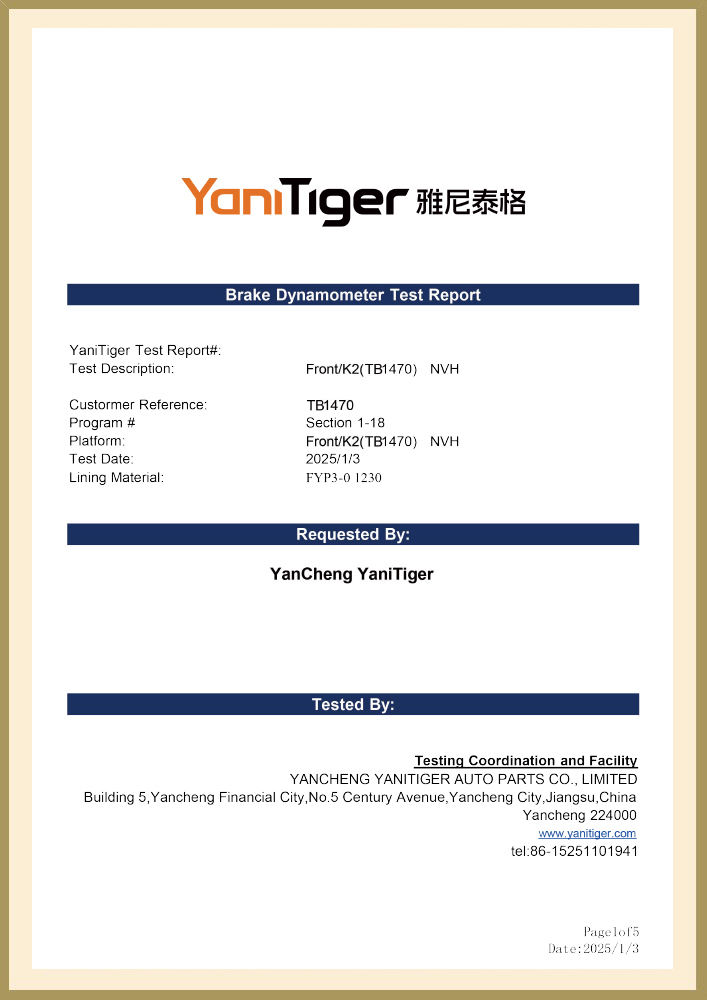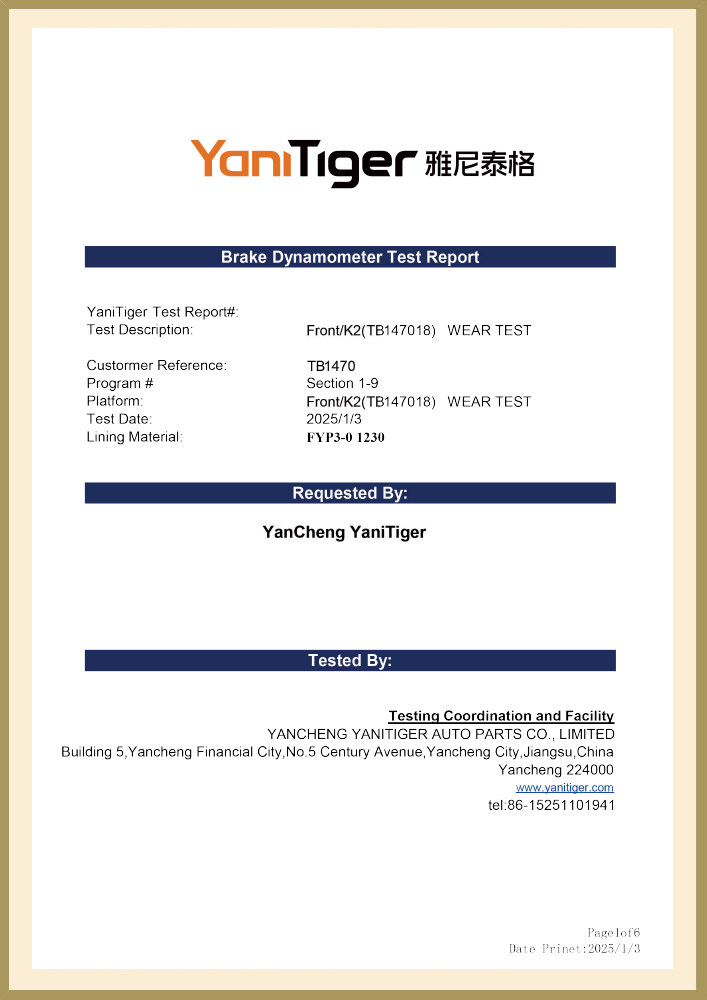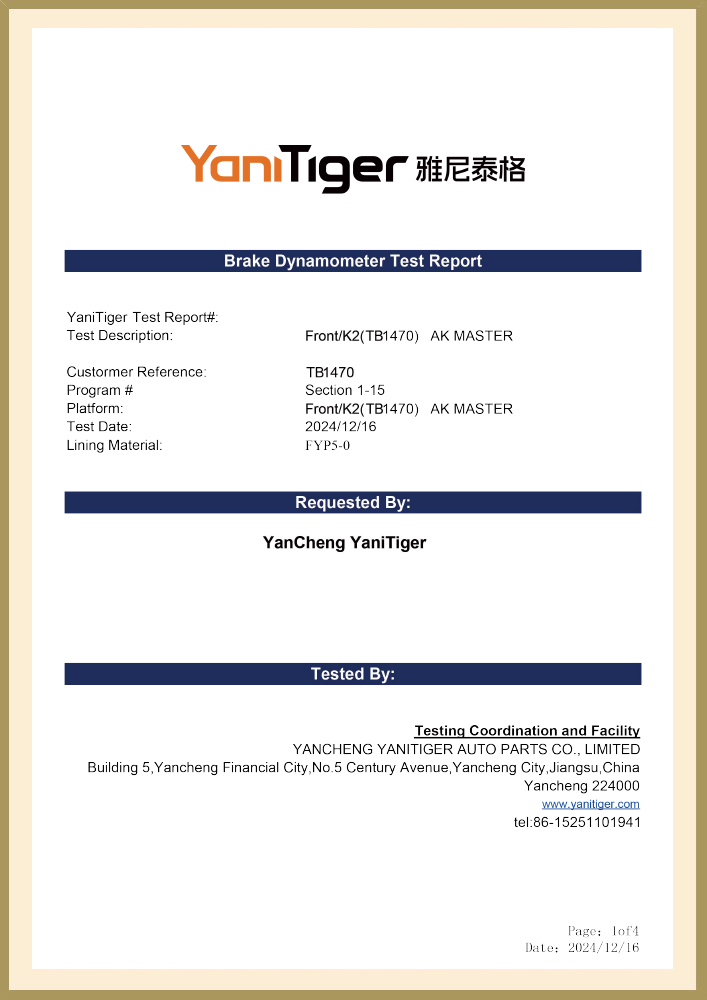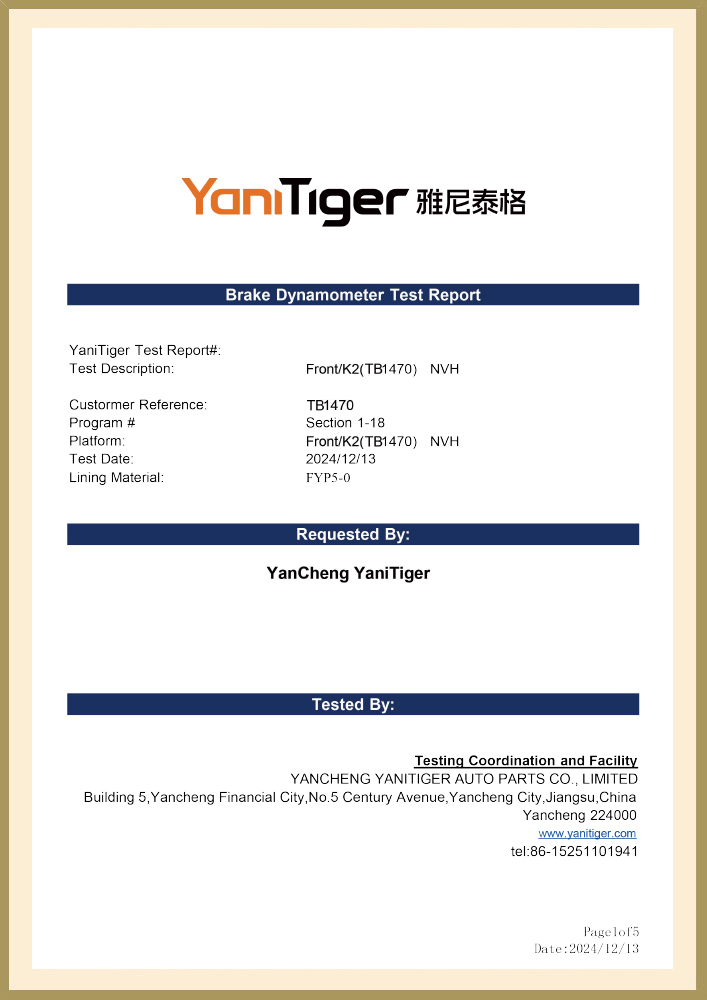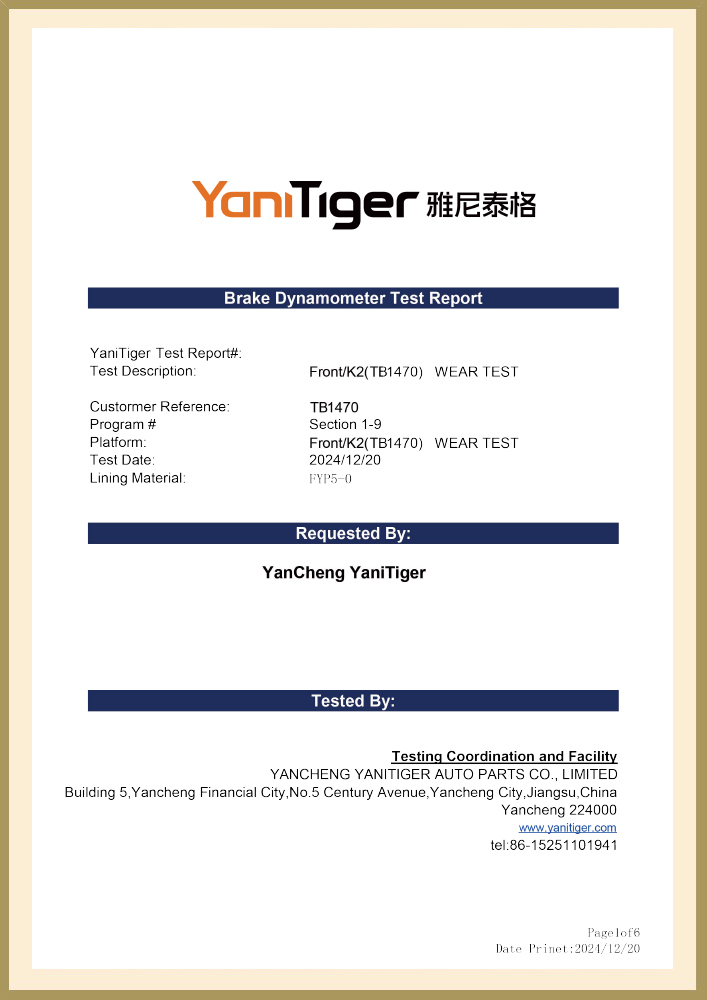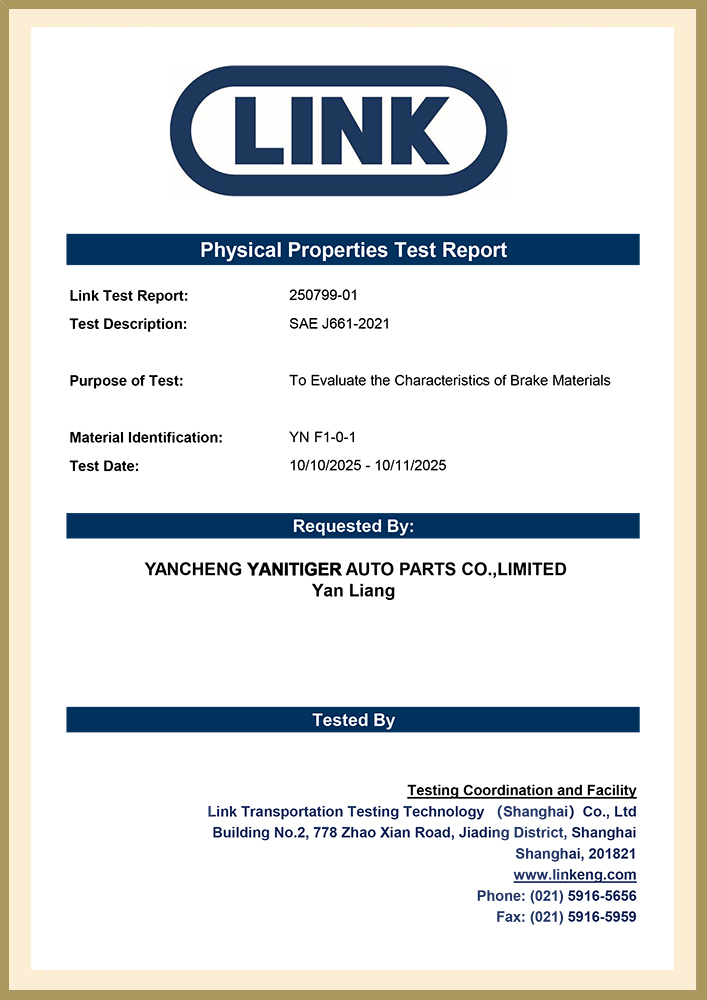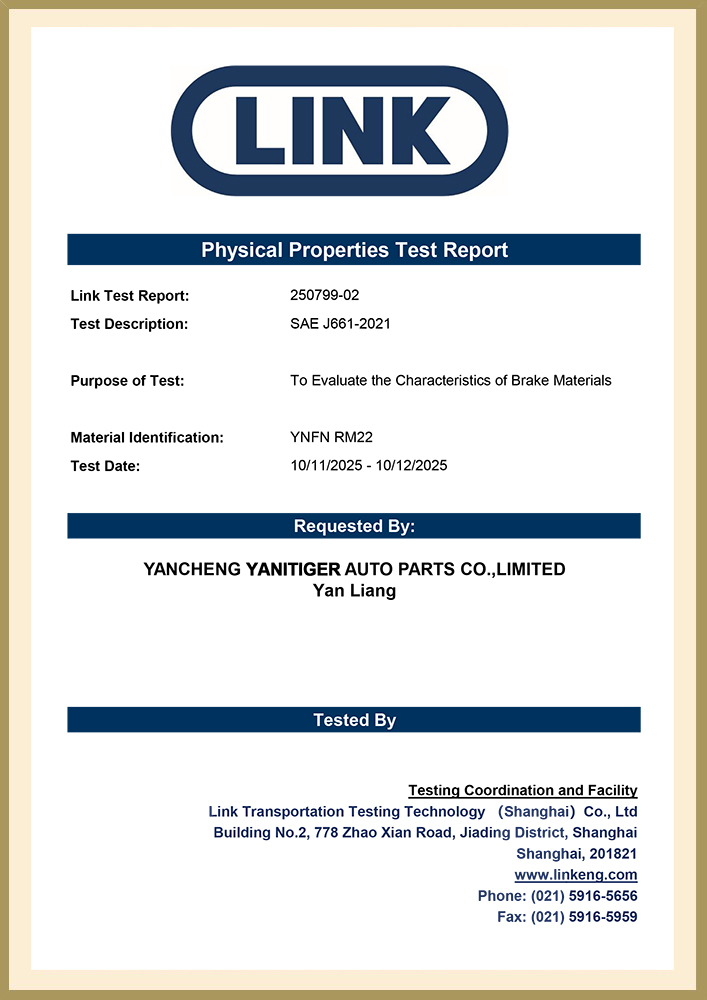8-97101-708-0 Brake Master Cylinder for ISUZU
|
OE NO |
8-97101-708-0 |
|
DESCRIP |
BMC |
|
MODEL |
ISUZU |

Specifications
KEEP IN TOUCH
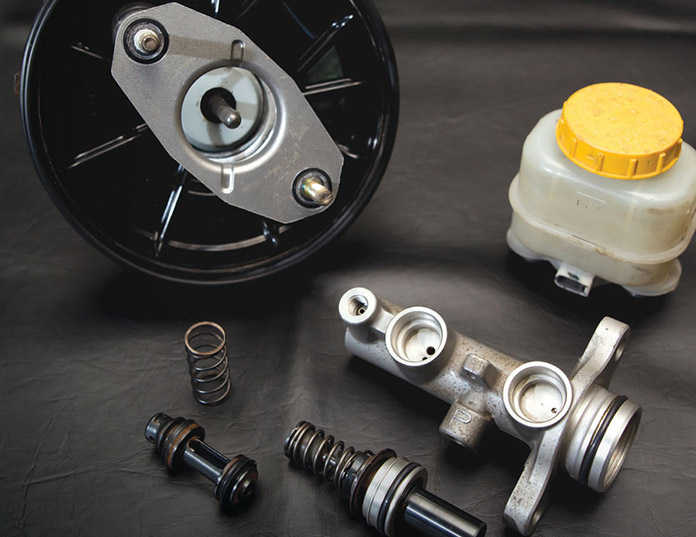
We have more than 1,000 brake shoes and brake pads for European, American, Russian, Japanese and Korean cars. The associated factories have created a highly experienced manufacturing team that exports thousands of auto part products worldwide. High quality and competitive prices are our targets. Our products have gained the certifications of ISO9001 and TS16949. We have built up a solid reputation with our customers in more than 30 countries.
We are looking forward to having a brighter and more successful business in the near future together with all of our clients all over the world.
-
Brake pads are undoubtedly one of the most important safety components in car maintenance. Among the many types of brake pads, ceramic brake pads and ...
READ MORE -
The hydraulic braking system is one of the most critical safety components of a car, and the master cylinder (brake master cylinder) is the "heart" of...
READ MORE -
Choosing the right brake pads is crucial, as it directly impacts your driving safety, driving experience, and vehicle maintenance costs. Step 1: Under...
READ MORE -
1. Ensure Braking Performance and Safety The coefficient of friction between the brake pads and brake discs directly determines the braking effect. An...
READ MORE
8-97101-708-0 Brake Master Cylinder For ISUZU is a core hydraulic brake component designed for commercial vehicles. As the pressure conversion center of the hydraulic brake system, its core function is to convert the driver's pedal force into hydraulic energy and distribute it to each sub-cylinder through pipelines to achieve vehicle deceleration. The master cylinder adopts high-strength cast iron casting process, the master cylinder diameter is 23.81 mm (suitable for most Qingling and ISUZU truck models), and can withstand 32MPa hydraulic pressure.
In terms of engineering design, the master cylinder adopts a dual-chamber series structure, equipped with compensation holes and fast filling valves to ensure the stable flow of brake fluid under extreme working conditions. The piston sealing system is made of high-temperature resistant fluororubber material, with a temperature range of -40℃ to 180℃, which can cope with the thermal attenuation problem caused by continuous braking.
The master cylinder has passed ISO/TS16949 quality management system certification, and its hydraulic response mechanism meets Isuzu's original factory calibration standards. Environmental tests show that the hydraulic response time deviation is less than 0.15 seconds under extreme cold conditions of -40°C, and the temperature rise after continuous braking at 50°C is controlled within 15°C. Standard use can shorten the braking distance of heavy-duty vehicles by more than 2.2 meters per 100 kilometers, and reduce the failure rate of the brake system by 35%. When purchasing, it is recommended to accurately match the VIN code or the original master cylinder engraved number, and give priority to the original packaging with anti-counterfeiting marks to avoid tolerance problems.
 Search
Search
 Eng
Eng 
 English
English Español
Español Português
Português


